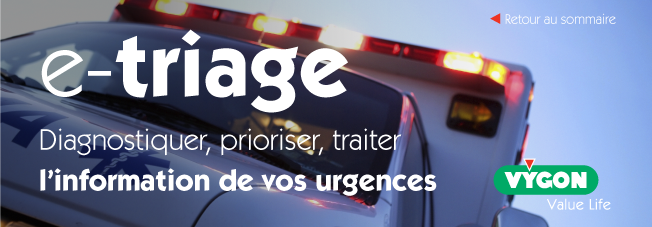Why breaths in CPR are still important
Publié le 5 janvier 2018
Emma Hammett
Author, Press Spokesperson and Expert on health and first aid. Provider of award-winning, tailored first aid training.
There continues to be considerable debate surrounding as to whether breaths are still important when giving CPR.
The British Heart Foundation’s advice for bystander CPR is to concentrate on chest compressions as these remain the most important elements of CPR and are much simpler to teach than the breathing. People are also more willing to push on someone’s chest than breathe into them and the idea of mouth to mouth was cited as a main reason that people were reticent about helping someone who has collapsed.
However, breaths are incredibly important and further increase the casualty’s chances of survival.
Why you still need to give breaths if you have been trained to do so:
If an adult has a Cardiac Arrest they will still have residual oxygenated blood in their system and this can sustain them for 3 or 4 minutes whilst someone is pushing on their chest to pump this oxygenated blood round their body. After this time, they will start to run out of oxygenated blood. The advice from the British Resuscitation Council, Red Cross, St John and the British Heart Foundation remains – breathing for the casualty, combined with good compressions, is the most effective form of CPR and gives the casualty the best chance of survival.
Conversely, children do not have the ability to retain oxygen in their system and therefore it is even more crucial that rescue breaths are administered. Thus, for children it is advised that you start with 5 rescue breaths – tilting the head to take the back of the tongue off the back of the throat and breathing into them to make their chest rise. This should then be followed by 30 chest compressions, pushing down on the chest by about a third and pushing hard and fast. Get an ambulance on the way and then continue: 2 breaths: 30 compressions….
When you are pushing on a casualty’s chest, you are being the heart for them; pumping blood around their body, doing cardiac massage. Research has shown that it takes around 13 compressions to get sufficient pressure to pump the blood round your system – thus the emphasis on the compressions is so important. However, research has also shown that after 3 to 4 minutes, the body begins to run out of oxygenated blood and our organs cannot survive without enough oxygen. This is why we advise that; to give someone the best chance of survival, we should combine 30 compressions with 2 breaths.
Some research which has suggested that breaths are no longer necessary has been undertaken using pigs (they have a very similar heart to humans) however, a pig’s airways remain open when they are unconscious and thus pushing on their chest can draw air in through their open airway. It is not the same for humans.
Further research has also highlighted the importance of avoiding over ventilating (breathing too hard into patients). It is important not to breathe in too long and hard as this can adversely affect the pressures within the heart and lungs and leads to a reduction in the blood supplying the heart. You should therefore only breathe into the casualty at a sufficient level to inflate the chest. This should be a short breath of around a second.
Additional vital information when giving CPR:
The latest resuscitation council guidelines also highlight the importance of understanding that people experiencing cardiac arrest may appear to be having a seizure because of reduced blood supply to the brain. Always check that someone who is fitting is breathing as it could be they are experiencing cardiac arrest and need to be resuscitated.
It is also vital to be able to recognise agonal gasps and are able to distinguish these from breathing normally. If someone is agonal breathing, they are not breathing normally and do need to be resuscitated.
Excellent CPR education directly translates into improved survival rates.
In areas where school children are taught CPR, such as the US city of Seattle, or Stavanger in Norway, 52% of people who undergo a shockable cardiac arrest in front of witnesses will survive. Whereas in the UK, in 2016 this figure stood at around 8%.
http://www.FirstAidforLife.org.uk and www.onlinefirstaid.com provide award winning, fully regulated first aid training for groups and individuals. Written by Emma Hammett for First Aid for Life
It is strongly advised that you attend a Practical First Aid course to understand what to do in a medical emergency. Please visit firstaidforlife.org.uk for more information about our courses.
First Aid for life provides this information for guidance and it is not in any way a substitute for medical advice. First Aid for Life is not responsible or liable for any diagnosis made, or actions taken based on this information.
Further reading:
https://www.resus.org.uk/resuscitation-guidelines/adult-basic-life-support-and-automated-external-defibrillation/
https://www.ncbi.nlm.nih.gov/pmc/articles/PMC4520204/






